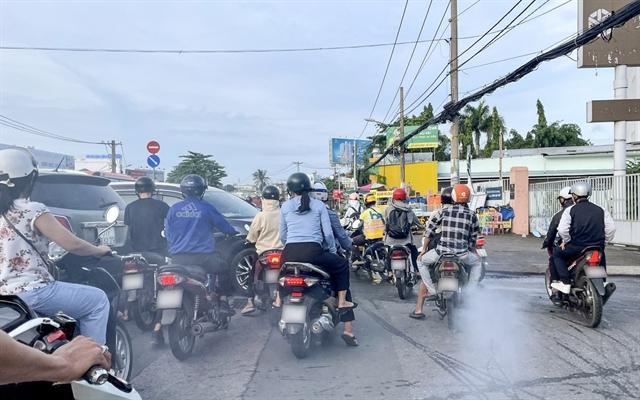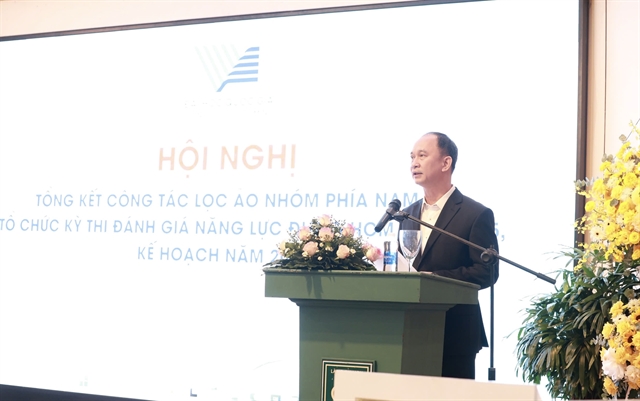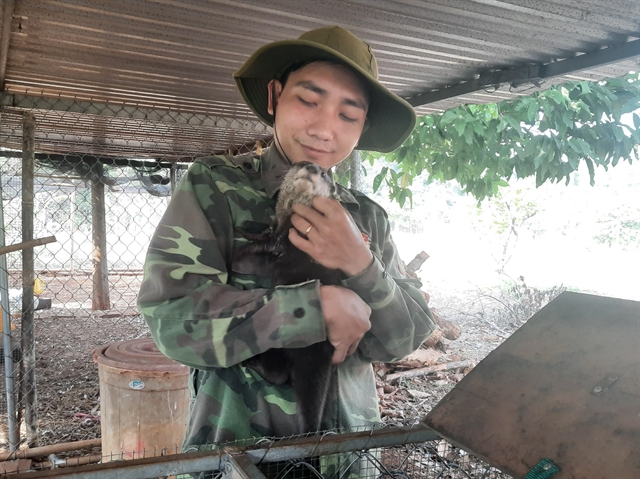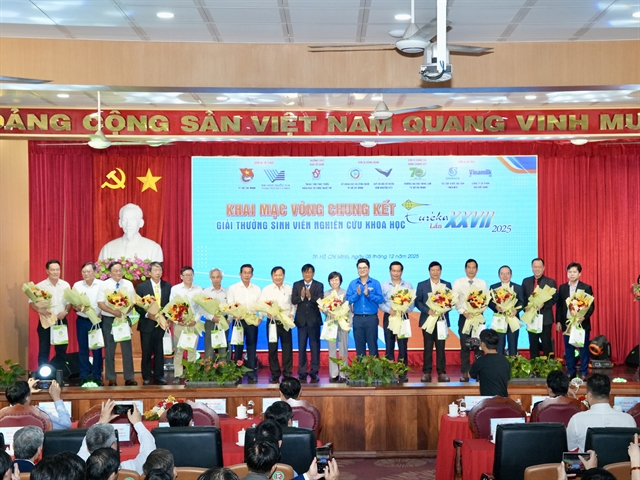 Environment
Environment

The Centre for Rescue, Conservation and Development of Wild Animals at the Bù Gia Mập National Park in the southeastern province of Bình Phước rehabilitates animals before releasing them back to the wild.

|
| Staff at the Centre for Rescue, Conservation and Development of Wild Animals under the Bù Gia Mập National Park in the southeastern area rehabilitates animals so they can return to the wild. — VNA/VNS Photo K’ Gửih |
BÌNH PHƯỚC — The Centre for Rescue, Conservation and Development of Wild Animals at the Bù Gia Mập National Park rehabilitates animals before releasing them back to the wild.
Pigtail monkeys, raised in steel mesh cages next to douc langurs and red-face monkeys, can be heard yelling loudly when strangers enter the area where they are raised. Visitors can see the monkeys reaching for plums in baskets offered by staff outside the cages.
The centre, which also takes care of pythons, reptiles, and other wild animal, covers an area of nearly 10 hectares including more than two hectares of planted fruit trees for food reserves and hundreds of herbs used to treat the animals.
The wild animals rescued by the centre in the park, located in the southeastern province of Bình Phước, are given proper nutrition and treatment for diseases. They are rehabilitated so they can regain their wild instincts and return to live in the forest.
Many of these animals were caught by residents in the province who tamed them and put them behind bars for long periods.
After the wild animals are returned to the forest, the centre staff monitors them to ensure they adapt to the environment. If they do not adapt, the staff will bring them back to the centre to take care of them.
The Bù Gia Mập National Park has so far released 25 wild animals to the forest after rehabilitation.
Centre staff Nguyễn Mạnh Hùng said: “Many wild animals are released back to the nature. My colleagues and I take care of them after rescuing them from local residents’ households and train them to have wild instincts. Many local residents have voluntarily brought precious wild animals to the centre.”
Vương Đức Hòa, head of Bù Gia Mập National Park, said: “The time for wild animals to restore their health and retain their wild instincts is very long. The centre’s staff, for instance, spends six months to one year to train a gibbon to eat wild food.”
The centre has five staff who check the animals' health and clean cages with disinfecting chemicals, as well as take care of the fruit garden.
The rescuing, raising and releasing of wild animals back to nature at Bù Gia Mập National Park started in 2010. The park first admitted two yellow-cheeked gibbons and then many other wild animals.
In 2013, the park set up a division for rescue, conservation and development of wild animals, which became the centre in 2016. Since then, the centre has rescued 104 wild animals and released 85 to the forest, according to Trần Văn Trưởng, head of the centre.
The centre also carries out communication activities about wild animal protection, and people and organisations visit the centre to learn more about wildlife.
The Bù Gia Mập National Park is known as the “green lung of the southeastern region”. The park covers nearly 26,000 hectares and has 724 kinds of plants, 278 kinds of herbs and 437 kinds of wild animals. — VNS




